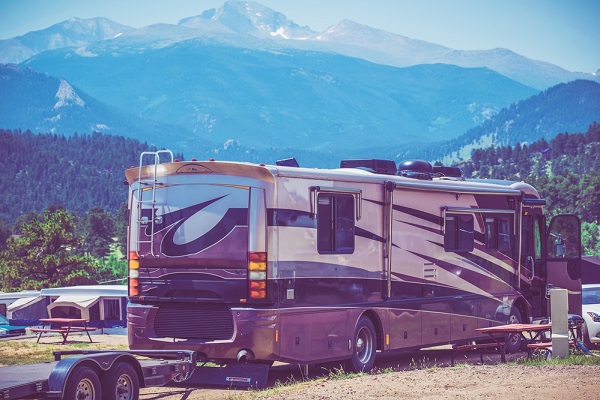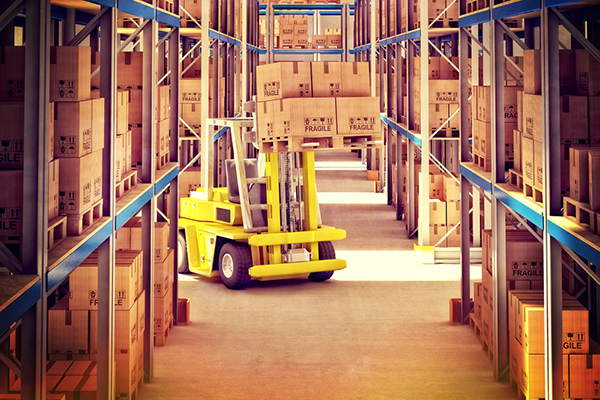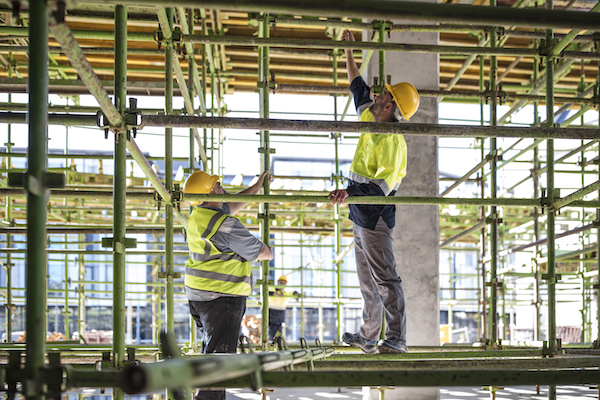Hitchin’ a Ride: RV Rates Follow Lead of Auto Market

By: Jacquelyn Connelly
It’s common knowledge that treating an RV like a standard auto isn’t the brightest idea from a coverage perspective.
But there’s one area where the RV insurance market is beginning to resemble the broader auto space: claims.
“The past couple years were characterized by a lot of very vibrant rate activity,” says Ariel Menkin, RV product manager at Progressive. “Pretty much every RV carrier has taken a significant amount of rate over the past two years in response to loss-cost pressure.”
Here are three auto-like factors that will continue driving RV insurance rates in 2019:
1) More everything. Thanks to an increase in both miles driven and the number of vehicles on the road, RV physical damage trends are “very similar to what we’re seeing in auto,” says Brook McGuire, strategy lead for specialty products at Safeco.
As the economy has improved over the past few years, “gas prices have been dropping and stabilizing, so RV owners have been using their units a lot more frequently,” says Steven Preston, national RV product lead at Foremost. “With higher usage, you see an increased likelihood of accidents occurring. That impacts collision pricing.”
“There are a lot more RVs out there on the road right now,” Menkin agrees. “Campgrounds are very crowded, and that makes it easier for RVs to bump into each other. As the RV industry grows, you also see a lot of new or first-timers getting into RVing, and there’s a bit of a learning curve in how to operate these vehicles.”
Importantly, too, McGuire points out that “not only are more people are driving, but those drivers are also distracted more than they have been in the past.”
Moving forward, carriers are “really trying to pay attention to macro-economic trends,” Preston says. “As you look at what’s going on in the country as a whole, there’s a lot of uncertainty. Are we on an upswing? Are we on a downswing? Where exactly do we stand? If the economy were to have a downturn, that could impact the RV industry in terms of usage, which then would have a longer-term impact on pricing.”
2) Higher repair costs. Standard autos aren’t the only vehicles being outfitted with telematics and Internet of Things technology—the trend is catching on among higher-end RVs as well. From safety gadgets like backup sensors and 360 cameras to convenience features like motorized awnings and automated leveling systems, “you’re seeing a lot of tech targeted at the millennial generation that’s starting to move into the RV market,” says Erik Schmidt, RV product manager at Foremost.
“People are starting to have better, fancier equipment in their RVs, and things like that create more opportunity for damage when there’s a claim, compared to the traditional old shell of an RV,” McGuire agrees. With greater damage, she adds, comes “higher costs of repairs.”
“Much like you have boat specialists or mechanics who focus on classic cars, you traditionally have RV specialists as well, and there aren’t enough RV shops out there,” McGuire says. “Repair shop labor costs are pretty high per hour. They can pick and choose what work they want to do.”
“While you’re still seeing shipments of new RVs growing, you don’t see a similar growth in the repair industry,” Menkin agrees. “Not as many repair shops are ready to handle these RVs—they don’t have enough parts and they don’t have enough people who can fix the vehicles, so every repair takes longer. That makes every claim just a little more expensive.”
Eventually, will safety technology help reduce frequency of claims in the RV space, making up for increasing repair costs? “On the auto side, that’s always been the concern—whether the cost to repair has been going up faster than the reduced frequency of accidents because of those safety features,” Schmidt says. “In the motorhome and travel trailer business, I don’t think anyone has a good grasp on that yet.”
3) The liability mystery. While property claims tend to drive losses in the RV space, “2018 was kind of a unique year—toward the end of it, we started seeing some weird liability trends in the motorhome space in particular,” Preston says.
Why? “We’re really trying to understand it ourselves,” Preston admits, but “one of the things we’re watching is the area of traumatic brain injuries. That’s not unique to the RV industry—when you think about what’s going on in the NFL with concussions, that stems beyond athletics and reaches into the realm of car accidents, or really anything that moves. Whereas before it may have looked like a simple injury, as more time passes, you can see there are longer-lasting impacts to the brain.”
“It’s something we’re keeping out eye on,” Preston continues. “Is it a blip in the radar, or is it truly something new happening in the liability space? Either way, there’s a likelihood that we’ll see liability pricing going up in the next year or two as carriers try to understand what’s going on.”
Jacquelyn Connelly is IA senior editor.








